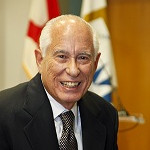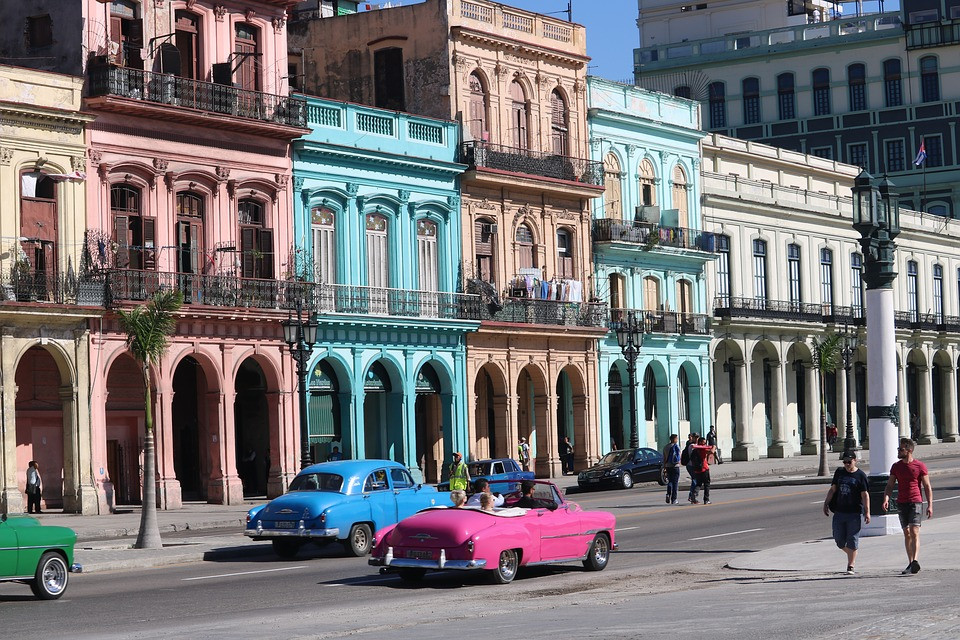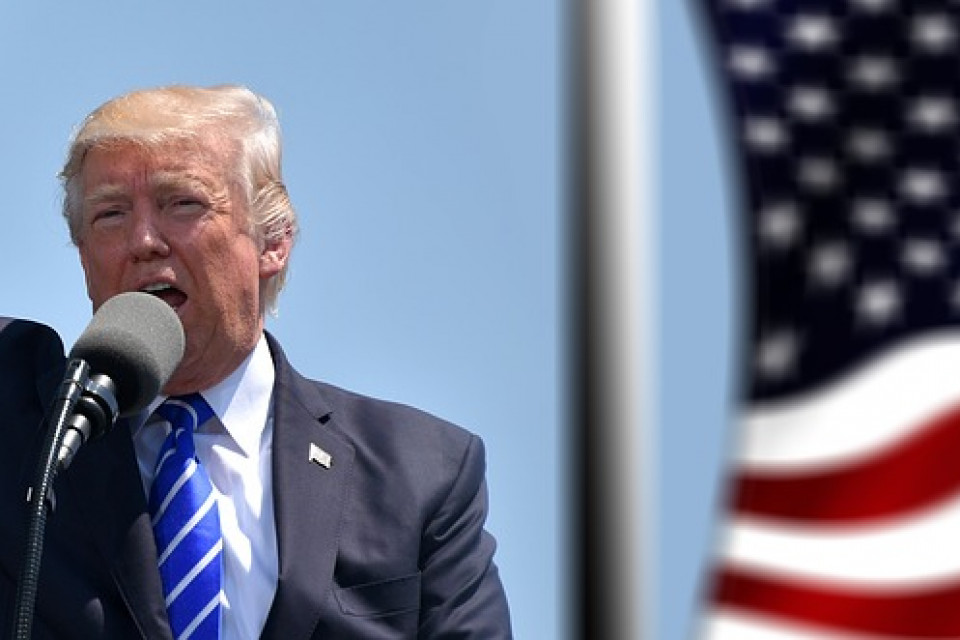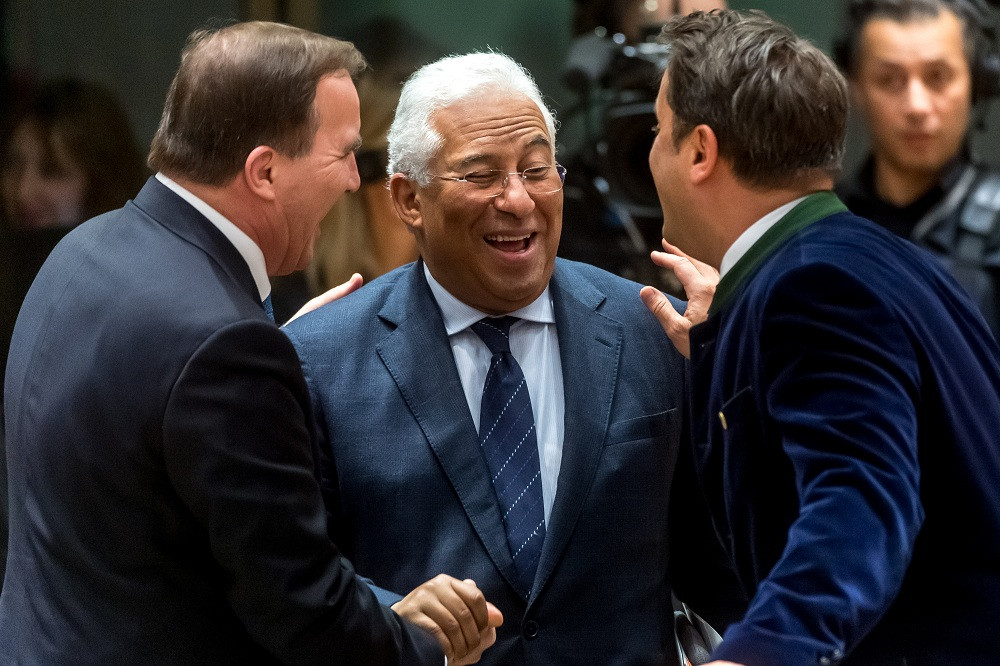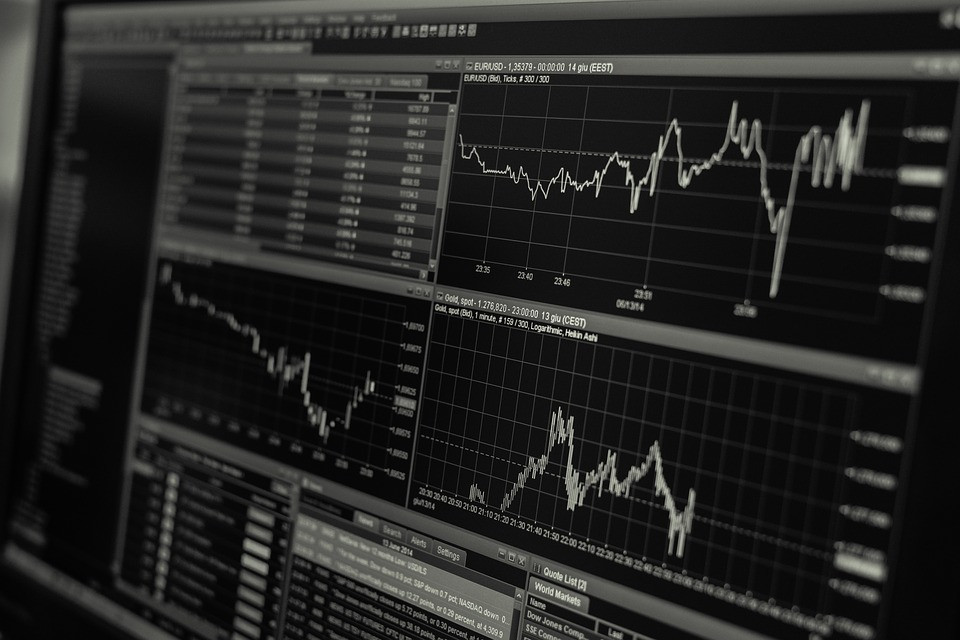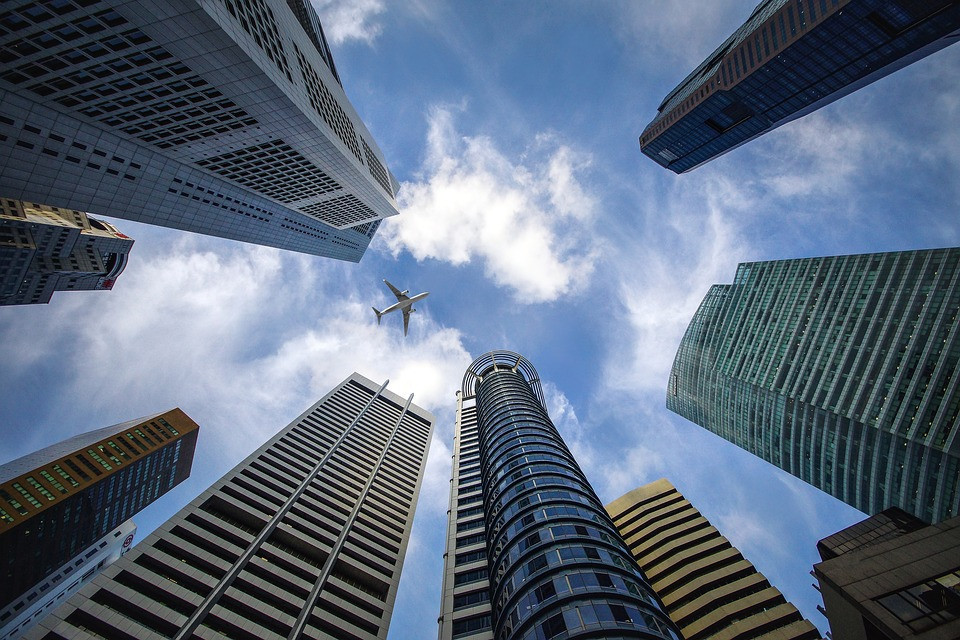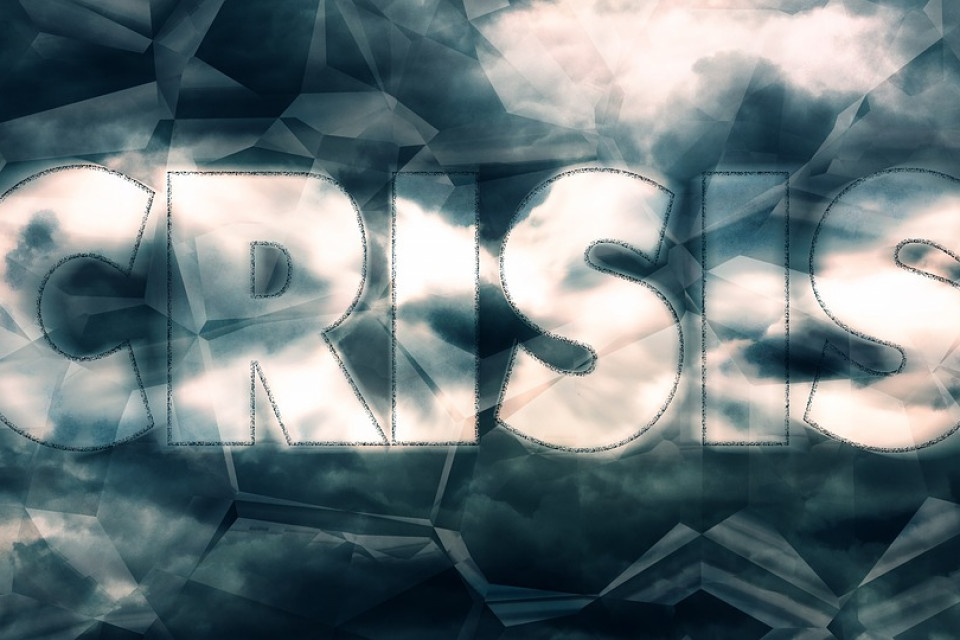THE ECONOMIC SITUATION IN 2018
In 2018, on the eve of the 60th Anniversary of the Revolution, the Cuban economy suffered the most acute crisis since the 1990s, after the disappearance of the USSR and the cessation of its trade, oil supply, subsidies to the prices of exports (such as sugar and nickel) as well as its imports (oil) and an aid of 65,000 million dollars accumulated in the period 1960-1990.
NEGATIVE VARIABLES
The last year for which complete statistics are available is 2017, although there are some figures for 2018; the macroeconomic indicators were as follows: 1) the economic growth rate (GDP) in 2018 was 1.1% (the fifth lowest in the region), less than a fifth of the 6% rate required for a appropriate and sustained growth; 2) gross capital creation was 10.3% of GDP in 2017 (the lowest in the region) and 25% -the rate that existed in 1989- is needed to increase the meagre growth; 3) the fiscal deficit was 11.9% in 2018, the largest in the region; and 4) the figure on inflation is not reliable because Cuba does not publish the basket of goods and services essential for the calculation of this indicator; however, an alternative indicator, the monetary surplus in circulation, reached 54% of GDP in 2017, the highest since the crisis of the 90s, and showed a growing trend.
With respect to the mining-industrial production in 2017: 1) the index of manufacturing production was 32% lower than the level in 1989 [the year before the crisis of the 90s]; 2) mining fell for the fifth consecutive year (-1.4% in 2017) and nickel, the production of which had decreased 30% since 2007, stagnated; 3) sugar production was one of the lowest in history and was 77% below the 1989 level; 4) the indicators for steel, cement, textiles and fertilizers, all declined and were situated between 60% and 91% below that of 1989; 5) production of cigars, after a sustained increase since 2009, decreased 2%; 6) the only trend that showed an increase was that of electricity at 0.9%; and 7) the production figures for medicines that had grown steadily since 2007 and reached a peak in 2015, stopped being published in 2016-2017, an indication that a decline probably occurred.
The agricultural and fishing production in 2016 declined in 11 out of 13 crops (only raw tobacco increased), with the fall ranging from 13% to 76% in five of them (rice, corn, citrus, cow's milk and fish-seafood).
Between 1989 and 2016, there were notable increases in five products (tubers, bananas, vegetables, beans and other fruits) and declines in seven (rice, corn, citrus, tobacco, cow's milk, head of cattle and fish-shellfish) and was same in the production of eggs.
Every year under the Revolution there had been a deficit in the commercial trade balance, which peaked in 2008 and then declined due to a cut in imports, which caused shortages of both inputs for production and consumer goods. After an agreement signed in 2001 with Hugo Chávez, Cuba began exporting professional services (mainly health personnel) to Venezuela, which bought 75% of these services. Not only did these compensate the deficit in the balance of trade but also generated a surplus in the global balance. In 2014-2017, the Venezuelan economic crisis reduced the export of professional services by 23% and the surplus by 30%.
POSITIVE INDICATORS
Tourism was the greatest success in the Cuban economy: the number of visitors increased 16% in 2017 compared to 2016, and 17 times compared to 1989, while gross income grew 8% in 2017 and 20 times compared to 1989. The measures of then President Obama in 2015-2016 facilitated a flood of American visitors who played a crucial role in the aforementioned increases. However, due to Hurricane Irma, which destroyed several hotels and the restrictive measures imposed by President Trump, the number of tourists declined in the fourth quarter of 2017 and the first half of 2018. A recovery began in September 2018, but with an significant change: a decrease in tourists arriving by plane and an increase in those who travel by cruise passengers, who spend a seventh of what the former spent.
Cash remittances sent by Cubans abroad increased by 143% between 2008 and 2017 when they became the second biggest source of foreign currency.
As in tourism, the opening of Obama, which eliminated restrictions on sending remittances, was a factor in their acceleration. In contrast to what happened in to tourism, until now Trump has not restricted remittances. Cuba succeeded in the cancellation of the debt with their main creditors, that in most cases cancelled the capital owed in exchange for Cuba paying the accumulated interest for the non-payment annually. The fulfilment of the commitments improved the Cuban external image, essential to be credit-worthy, but it represented quite a heavy burden that has forced imports to be reduced.
Finally, direct foreign investment has grown since the new law was enacted in 2014, although the results are less than those needed: until the end of 2018 only 570 million Euros had been garnered, representing one-fifth of the 2,850 million annually officially required, while in the Mariel Development Zone, of 41 approved investments only 15 have started operations.
PERSPECTIVES FOR 2019
The most thorny problem that Cuba faces is the severe Venezuelan economic crisis aggravated by the political crisis in 2019, Trump's order to seize payments for the purchase of Venezuelan oil in the US -estimated to subtract 12.54 thousand million Euros from the Maduro regime- and the growing international isolation of the country. By the end of February 2019, the risk of US military intervention appeared to have subsided, but the economic situation would undoubtedly worsen. At its peak in 2013, the combination of commercial exchange, the purchase of professional services, the supply of oil and the investment of Venezuela were equivalent to 10% of the Cuban GDP. Between 2013 and 2017, trade between the two countries decreased from 44% to 17%, the purchase of professional services decreased by 23%, the supply of oil was reduced by half, and investment, which had reached 1,710 million of Euros, ceased entirely. Because of these factors, any prediction for 2019 will necessarily be determined by what happens in Venezuela.
As in 2018, negative indicators predominate over positive ones, while external indicators are stronger than internal ones.
NEGATIVE INDICATORS
Internal
The economic projections for 2019 predict a growth rate of 1.5% but the projections have never been met in the last seven years and, even if it were, this rate would maintain stagnation and would be a quarter of the rate of 6% officially established for sustained development. It is unlikely that gross capital creation will increase much more than 10%, nor will agricultural, mining, manufacturing, agricultural and fishing production grow in any discernible way. An increase in the fiscal deficit and in the monetary surplus in circulation is predictable.
The promised monetary-exchange unification in 2019 is highly unlikely to occur, which Raúl Castro announced in 2018 that he would implement, due to the continued weakness of the economy and the high inflation potential that would skyrocket with unification.
Raulist structural reforms has not improve the economy in a decade, and it does not look feasible that the new president Diaz-Canel can reverse this situation, since he has promised "continuity", while the new Constitution preserves the fundamental elements of the centralized planning system and the predominance of the state enterprise over the market and non-state property that has failed throughout the world.
The positive variables are: at the beginning of 2019, the abolition of part of the strict regulations for self-employed people issued in 2018, motivated by a clamour from the sector; the third reform to the beneficial owners (delivery of idle state lands to peasants for their operation) that makes their conditions more flexible; the recognition of private property in the Constitution, although relegated to the last place among the five forms of ownership of the means of production, without regulation or guarantees; the construction of new five-star hotels and the expansion of the number of tourist rooms.
External
The first negative factor was the escalation of Trump's aggressive policy against Cuba that included the announcement of a possible return of the island to the list of countries sponsoring terrorism and implementing Title III of the Helms-Burton Act (US embargo) that authorizes the Executive to sanction foreign countries that have "trafficked" with assets confiscated by the Cuban government to corporations and US the general public (this measure had been suspended every six months from Clinton to Trump - the first 18 months). If these threats materialize, there would have a strong adverse impact on external investment.
In addition, there is a decreasing trend in the surplus in the global balance of goods and services; the change in tourists arriving by plane to cruise ships, as they spend less; the cut in imports due to the constant growth in the payment of the external debt; arrears in payments to suppliers that affect supply and external credit; the litigation of the London Club reclaiming a debt of 1,496 million Euros; the outstanding debts with Argentina and Brazil, complicated by conservative governments in those countries; the termination of the Cuban contract with Brazil for the purchase of services from 8,000 Cuban doctors; and the 22% decline in commercial trade with China in 2017.
The positive indicators are: the increase in foreign investment, although it is still far below that needed, and some flexibility in the procedure to approve them; the sustained increase in external remittances that Trump has not restricted; a probable increase in the number of tourists following the trend that began in the third quarter of 2018; the payment of the negotiated external debt that has improved external credit; the 95% increase in commercial exchange with Russia in 2017; the agreements signed with China (187 million Euros) in 2017 and with Russia (for an unknown amount) in 2018; and the decision of Mexican President López Obrador to hire 3,000 Cuban doctors, reducing the impact of the termination of the contract with Brazil.
The above analysis indicates that in 2019 the Cuban economy will probably continue to stagnate, without a substantial improvement in the performance of its key indicators, limited by the current institutionalism. This strangulation is being preserved by external factors.
To change this course, it would be essential to accelerate structural reforms, but Díaz-Canel has promised continuity: that is, more of the same.


